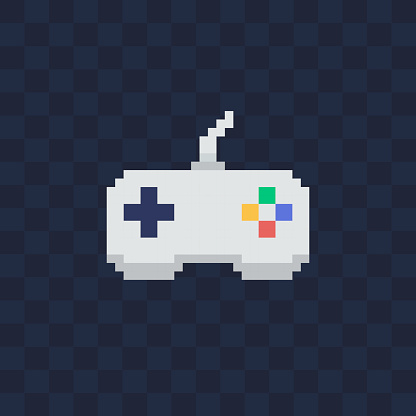There’s no hard and fast rule that says how old a console needs to be for it and it’s games to be considered retro.
There are a lot of people that say that anything from two generations ago is retro. That would put the PlayStation 3, Xbox 360 and the Wii in the retro camp.
Do you think the PS3 generation is retro or if not what consoles do you consider to be retro systems?


Keep in mind though, console generations were shorter back then so years between devices mattered more.
Back then 5 year lifecycle is pretty average. Since the wii/360/ps3 generation, it shifted from 5 to 7-9 year cycles.
Well it can get even more complicated the closer you look.
The Famicon released in Japan in 1983, while the NES didn’t start to get released elsewhere until 1985. The SNES was 90/91, while the N64 was delayed until late 1996. And do you factor in the Virtual Boy anywhere there?
Then Sega: they dropped the Saturn real quick. The Dreamcast is, in a lot of ways, more similar to the PlayStation and N64 than the PS2 and GameCube. It sits somewhere in-between.
Applying the rule today, the Wii U and 3DS would be considered retro. I’ll admit they aren’t the first things that come to mind when I think of the word retro, but thinking about it I don’t have any strong objections.
The PS4 and Xbox One are right on the bubble. I think what complicates those was the mid-gen upgrades they received. And then the global supply shortages from the pandemic. Microsoft seems to be purposefully trying to blur the lines between generations too. So I think that is where the 10 year mark starts to break down.
You could also look at when games stop being released, but that has issues too. Just Dance 2020 released in 2019 for the Wii. You could look at when consoles stop being supported, but Nintendo was still repairing Famicoms through 2003. The Master System was still being produced in Brazil through 2022 (it might still be?).
Of course, there’s also an argument that the “retro” category should apply to the software rather than the hardware. There’s a lot of retro-inspired games that have been released recently. Undertale and The Witcher 3 both came out in 2015: will both eventually turn the corner to be considered “retro” at the same time?
Everything is subjective here, but I think a decade is a good rule of thumb to start labeling things retro. Culturally, at least in the US, we tend to group things by decade. Our radio stations will have segments dedicated to the '70s, '80s, '90s, etc. Fashion, art, books, movies, and more tend to be grouped similarly. I think videogames are pretty close. The 80’s were the 8-bit systems. The 90’s were split between 16-bit and early 3D (aka 32-bit as long as you ignore Nintendo’s marketing). The 2000’s were mostly the end of storage concerns, and the bump from mostly 240i ot 480i. The 2010’s were the upgrade to 1080p and online services.
I think one major thing helping the Gamecube/Xbox/PS2 generation is not only the device, but the television, as they still were primarily used on 480i devices.
The 360/PS3 although not immediately at the start, were basically on 720p screens, and albeit outside of the switches handheld screen, the resolution is still “usuable” in todays standards and many games on the Xbox One and PS4 was still running at said resolution. People are still using LCD tech which makes it feel weird to call it retro for some.
I think the HDMI port is a big part of it too. Even if the version of it has changed over time, it’s really simple to plug a PS3 into a brand new TV, or a PS5 into a TV from the PS3’s era.
Technically, you can find all sorts of interesting outlier games with visual settings. If I remember correctly, I think the first 16:9 game was on the Genesis (maybe 32X or CD? Pretty sure it was a soccer game). I know for a fact Pac Man World for the PS1 had a 16:9 mode, and some other PS1 games did. Then on the GameCube and PlayStation you often had to read the manual to find a special button combination to hold during startup to enable higher resolutions or progressive scan. Gran Turismo 4 was one of the few PS4 games that supported 1080i. I never had an Xbox or Dreamcast, but I believe they had better support for higher resolutions. Then the PS3 was mostly 720p, but with some 1080p mixed in. I imagine some of the cheap 2D digital-only games were probably 480p. And then we start seeing dynamic resolutions where things get even more mixed: especially on the Switch. There’s the “4K checkerboarding” that a lot of PS4 games use, and now the different modes that are bridging the gaps with PC’s.